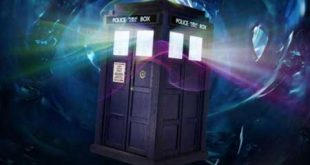Original broadcast date: 8 February – 15 February 1964
Story Arc #003: 2 episodes: The Edge of Destruction / The Brink of Disaster
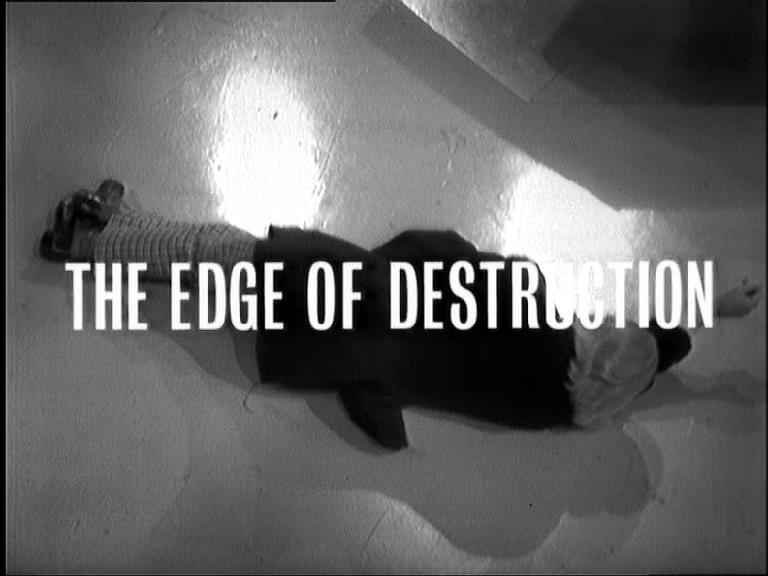
Synopsis: On leaving Skaro, the Doctor programs the TARDIS for its onward journey but as the ship departs there is an explosion on board which knocks out the Doctor, Susan, Ian and Barbara. Sometime later as the occupants come round they exhibit signs of amnesia and disorientation. The team gradually become aware that there is an unknown force at work inside the TARDIS which not only is causing them to act strangely – and even with hostile intent – towards each other but is also preventing them from taking control of the ship. Eventually the Doctor realises that the TARDIS is on the verge of breaking apart and that time is running out…
Last month I inadvertently stumbled across what now seems to be an appropriate format for this column to take going forward; that is to say, breaking it down into several sections, each covering a particular aspect of the show’s lore and analysing what a given story arc tells us about that lore (if anything). I have decided to introduce an extra section called ‘universe lore’ that will detail any interesting snippets of information that add to general background lore of the show. The column will then be rounded off with a brief review of the story arc as a piece of television, plus any interesting information about its production.
However, for this month only, and for reasons that I hope will become clear fairly quickly, I shall deal with the production history first.
Review
You may have noticed above that this particular story arc contains only two episodes. The two stories before it had four and seven episodes respectively so there’s immediately something unusual about The Edge of Destruction. The reason why it’s so short is that it was effectively an afterthought or to put it more accurately a story that had to be devised at very short notice to fill a two-episode hole in the schedule for the first series of Doctor Who.
What happened was that the series had originally been commissioned for four episodes only. During the production of those first four episodes (see Story Arc #001: An Unearthly Child) the BBC decided they wanted 13 episodes. This put the production team in a bit of a fix: they had plans for seven episodes of The Daleks (see story arc #002) and they also had plans for a seven-episode story about Marco Polo. So they were only in a position to offer the BBC 11 episodes or 18. At this stage there were only a couple of months to go before episodes 12 and 13 were to be shot so the production team decided to come up with a short, two-episode story to fill the gap in the schedule that the BBC had demanded. And that is how The Edge of Destruction came about.
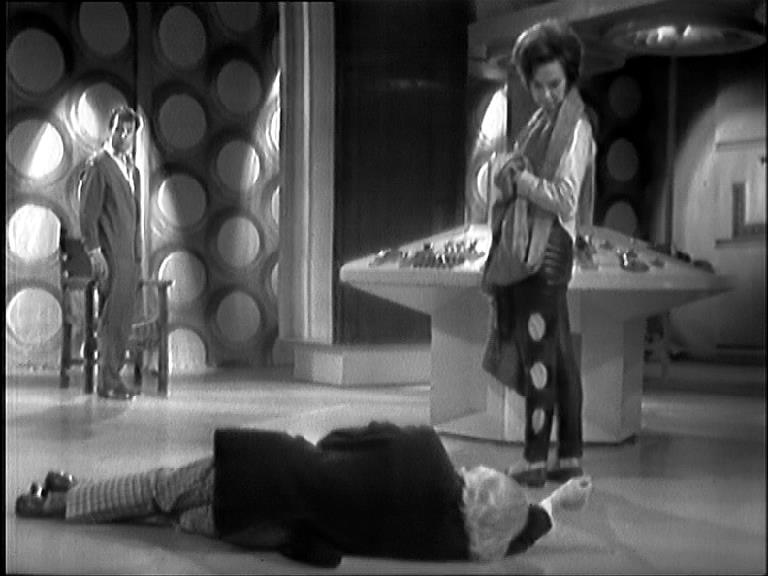
Because these two episodes were to come out of the same budget that had already been spent on the first two stories, the production team had no extra money to spend on sets or additional actors. So not only were they going to have to come up with a story arc in double quick time, they were going to have to do it with just the four permanent cast members and the TARDIS set. That context is hugely important in understanding why The Edge of Destruction is the way it is and in a sense also explains part of Doctor Who’s appeal. Taken purely as a piece of television, these two episodes are claustrophobic, static and rely almost entirely on dialogue (as opposed to exciting sets or special effects) to convey the story and action. However, knowing what we do about their production, you can only marvel at the wonderful imaginative minds at work behind the scenes. The production team were obliged to rely solely on their collective imagination to come up with a suitably frightening, exciting and suspenseful story such as the audience had already come to expect from the show. And because they were obliged to do that, the by-product was that the two episodes add quite substantially to the show’s expanding lore, particularly relating to the TARDIS where the show was perforce set.
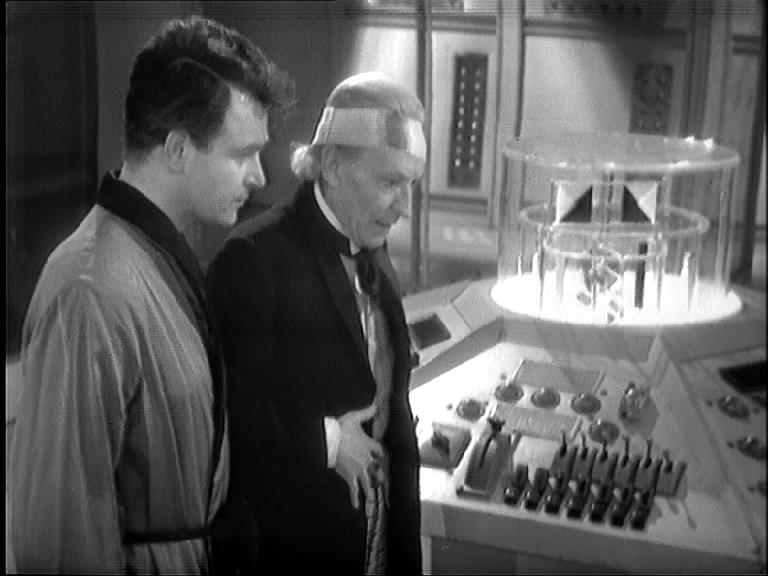
This I think is one factor in why Doctor Who has been so popular with audiences for fifty years. Simply put, British science-fiction TV shows of the 1960s had very low budgets, particularly in comparison to those enjoyed by their transatlantic counterparts, and therefore had no other option than to be fantastically imaginative and well written. On innumerable occasions over the show’s life, up until the reboot, the writers’ imaginations have exceeded the budgetary limitations resulting in famously wonky sets, rubbery monsters and so on. But the viewers’ fondness for the show has rarely wavered. In fact, just about the only time the viewers did waver was when the stories were perceived to have deteriorated. So in foregrounding writing and imagination over effects and money, and coming as it did from a make-do-and-mend philosophy, The Edge of Destruction is quintessential Doctor Who.
Doctor lore
In a small but significant way, The Edge of Destruction represents a turning point in the way the Doctor is represented. At the end of the story, he confesses to Barbara that in learning about her and Ian he has learned something about himself. This learning process simultaneously reminds us that the Doctor isn’t human but also indicates that he shares something with mankind, empathy if you like. It’s a great moment, and superbly acted by William Hartnell and Jacqueline Hill.

There are times during the story where this possibility seems more unlikely than ever. The Doctor suspects Ian and Barbara of having sabotaged the ship and in retaliation is prepared to dump them outside the doors of the TARDIS, wherever it might be – including the vacuum of space. It’s not until Barbara – who feels aggrieved at the Doctor’s threat – doggedly figures out what the TARDIS is trying to tell them (thereby allowing the Doctor to fix the problem) that his angry and hostile persona finally breaks.
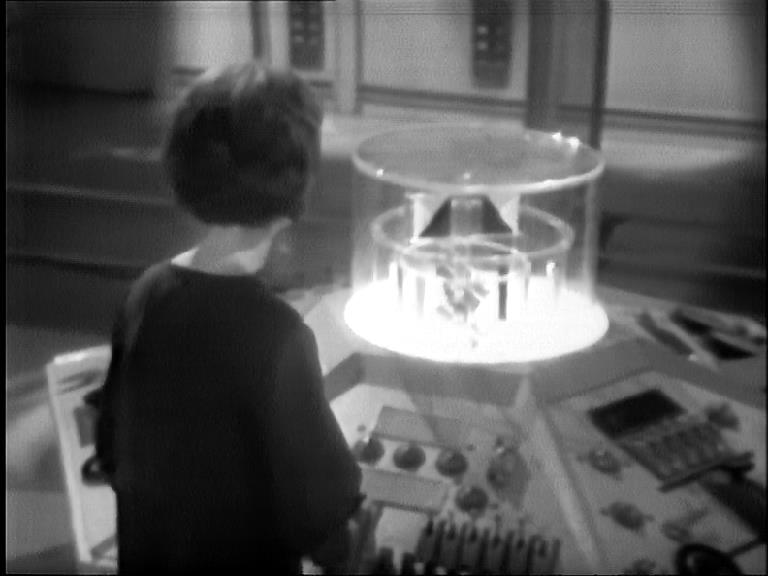
After their rapprochement, the story arc draws to a close but there is time for one last tantalising snippet of biographical information, which comes from the Doctor’s own lips. Preparing to venture outside on to the snowy planet that the TARDIS has brought them to, Ian dons an enormous ulster coat from the TARDIS wardrobe. The Doctor admires him in it and says he acquired it from Gilbert and Sullivan.
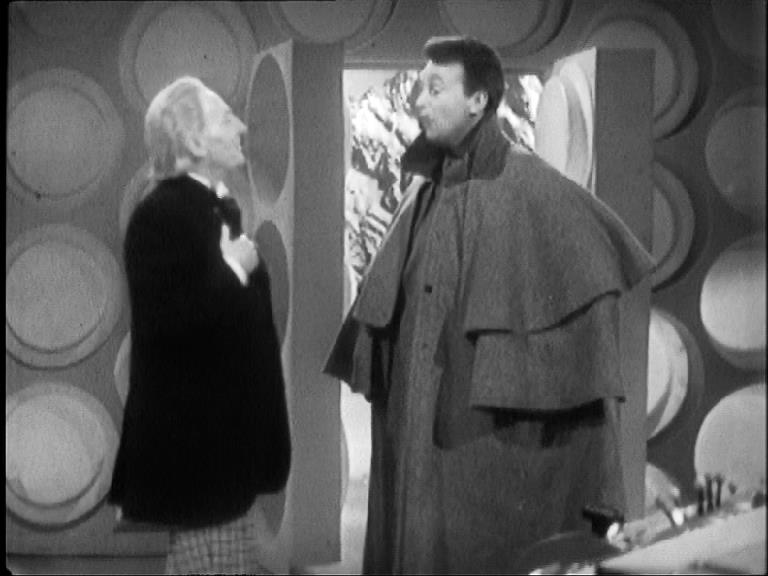
I can’t leave this section without mentioning what was probably included as a throwaway line of dialogue but which would later have cause to be ret-conned. Examining the Doctor who is still unconscious, Ian says “Well his heart seems to be alright”. Now audiences seeing this episode when it was originally broadcast would have thought nothing of this line but almost anyone seeing it today would immediately pipe up “But I thought the Doctor has two hearts!” Well he does but since we haven’t come across that particular piece of lore yet, we shall say no more of it here…
TARDIS lore
The Edge of Destruction takes place entirely on board the TARDIS and uses the ships internal mechanics as the main plot driver so naturally enough there is a wealth of information about it in these two episodes.

Firstly, we learn a little more about the TARDIS layout: we see three other ‘rooms’. The first, off the main control room, houses the food and drink console we saw in the previous story. The second, off that, is a bedroom with contoured beds that fold down from the wall; Barbara and Susan sleep in here. A third room, also off the food and drink room, contains beds for Ian and, presumably, the Doctor although we don’t see the latter using his.

At the beginning of the first episode, once the characters have regained consciousness, Susan is alarmed to see the TARDIS doors are wide open and says that they can’t open on their own. Barbara speculates that they might have been forced open in the crash but Susan replies, “The TARDIS can’t crash; it’s impossible.”
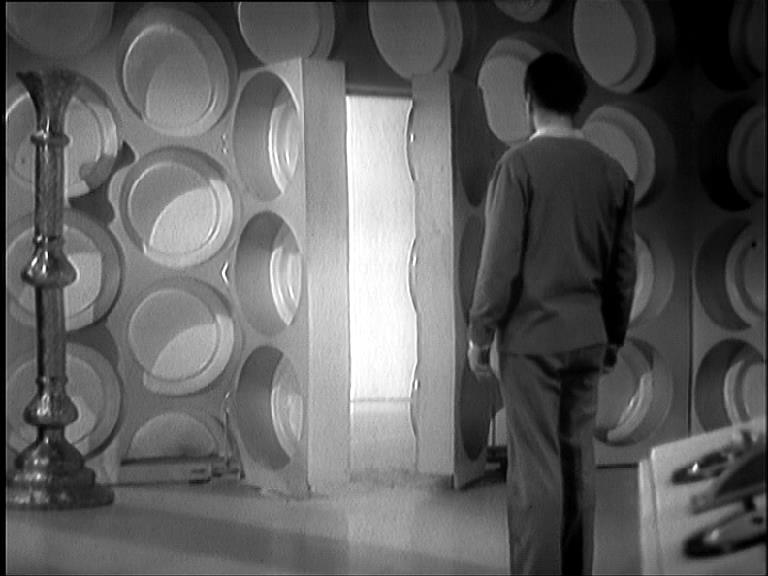
Susan uses the first aid kit on board the TARDIS to dress the wound suffered by the Doctor after the explosion. The bandage is part white, part coloured; Susan explains to Ian that the coloured part is the ointment, which gradually seeps into and repairs the wound. When the coloured part has gone, the wound has healed. There’s a lovely bit of continuity and attention to detail relating to the bandage: the Doctor wears this bandage on his head for the rest of the story and it does indeed get less coloured and turns whiter as the story progresses.
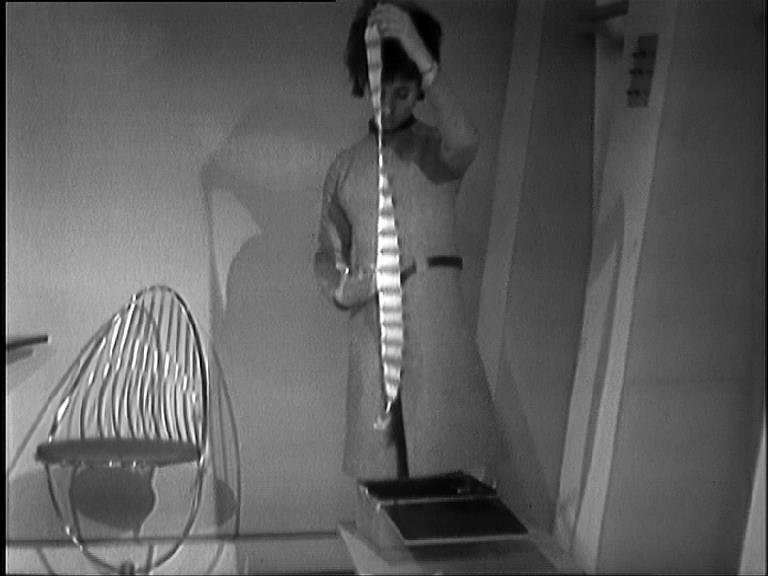
The Fault Locator, which had first been mentioned in the previous story, features heavily in The Edge of Destruction. It appears that each functional area is designated by a reference in the letter-number format. In The Daleks, the faulty area was K7; in this story the entire ship appears to be malfunctioning – we see the Fault Locator methodically working through each area, and see A13 tick through to A16. Later in the story a warning siren goes off, which Susan identifies as the “danger signal”; apparently this device will only sound when the Fault Locator has determined that the entire ship malfunctioning. Or, as the Doctor puts it, “The ship is on the point of destruction”.
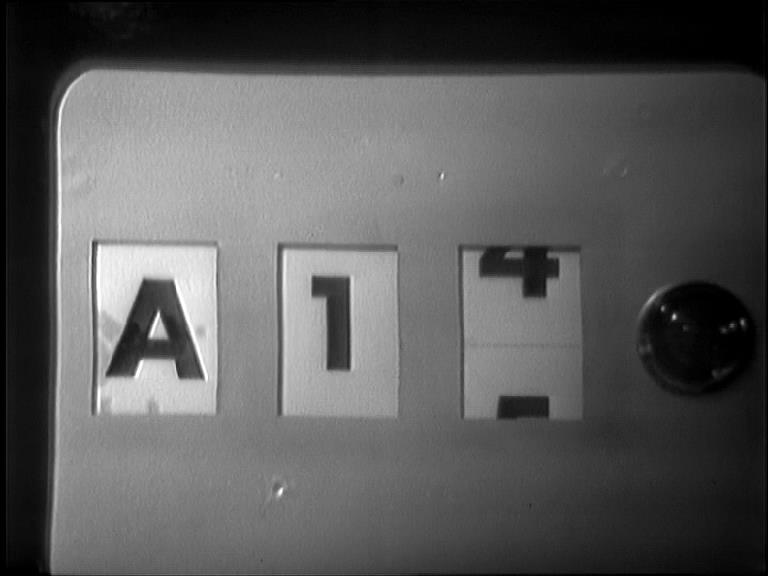
The Doctor provides some information about how the TARDIS is powered. While he isn’t specific about the source of its power, he does say that this power is drawn into the main operating console underneath the central column.
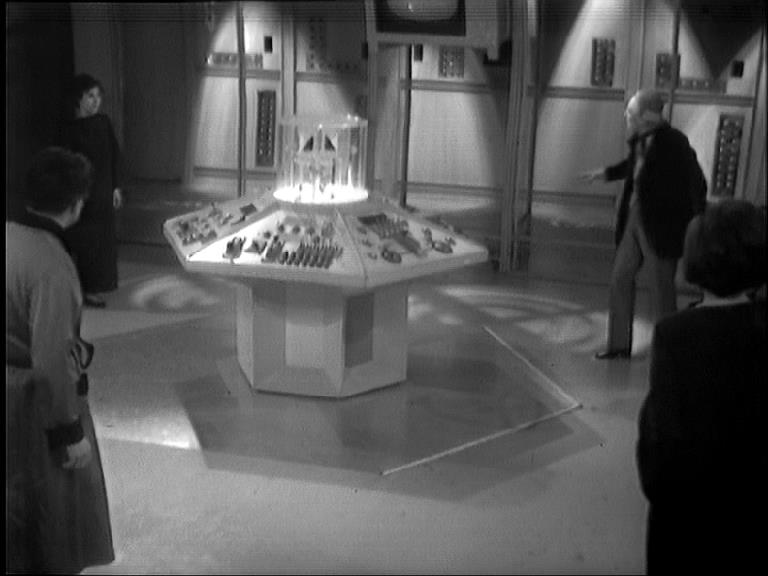
When the power is activated this console begins to rise and fall because it is said to “hold down” the power. Ian speculates that the problem might be that the TARDIS’s power is escaping but the Doctor says this isn’t possible because “If you felt the power, dear boy, you wouldn’t live to speak of it. You’d be blown to atoms in a split second.”
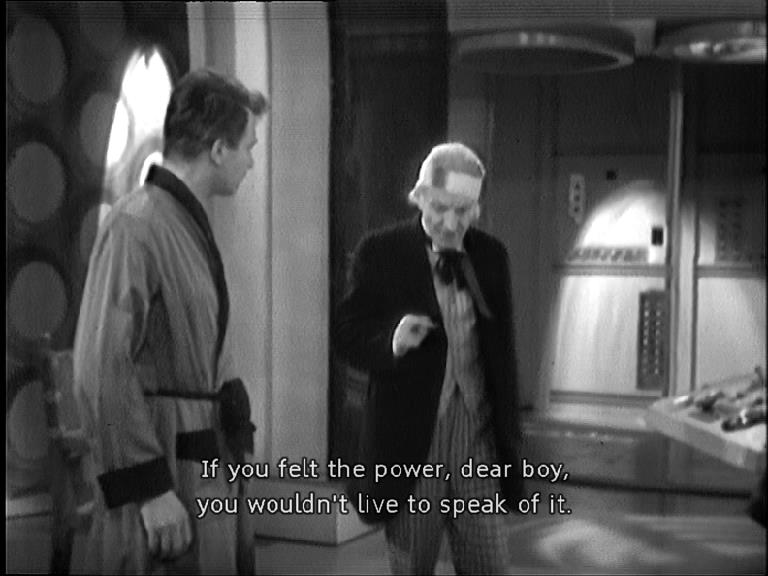
As the characters begin to figure out what is wrong with the TARDIS they come to the realization that the ship is capable of independent thought. In actual fact it is Barbara and Ian who come to this conclusion first but when they put it to the Doctor he initially rejects the idea. However, as Barbara and Ian explore it further the Doctor comes round to the notion that it must be able to think, albeit in a way that a machine thinks, not necessarily as a human does.
Ian asks the Doctor to remember where he programmed the TARDIS to go after they left Skaro; the Doctor replies that he wanted to go to Earth at an earlier point in time, much earlier than the far future time of Skaro. He says he used the “fast return” switch (which in the true endearingly shonky spirit of the show has ‘Fast Return’ written above it in felt-tip pen). Investigating this switch they discover that it is stuck ‘on’, and has sent them massively back in time. So far in fact that they have gone back to the dawn of time itself, the big bang, and are on the (wait for it) edge of destruction. They replace a little spring underneath the switch and the TARDIS corrects itself. The Doctor explains that the Fault Locator hadn’t detected the fault because it didn’t think there was anything wrong; for all it knew, the Doctor was keeping the switch depressed intentionally. It transpires that all the strange occurrences on board the TARDIS were a direct result of the TARDIS trying to warn its occupants that something is drastically wrong, part of its internal self-defence mechanism.
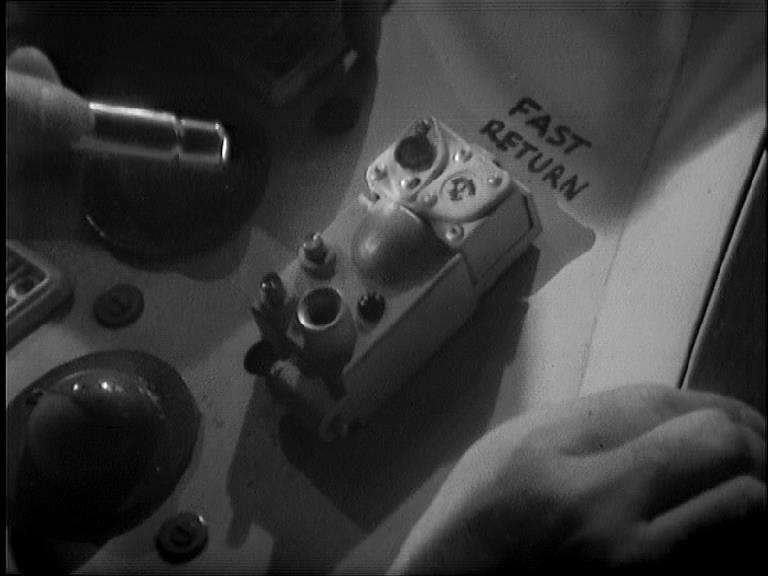
Universe lore
At an early stage in the first episode, Susan turns on the TARDIS scanner to see what is immediately outside the ship. At first, the scanner shows a photograph of what looks the English countryside but then it displays a weird-looking primeval swampy forest. Susan remarks of the latter that it looks like a planet they visited and “nearly lost the TARDIS three or four journeys ago”. The Doctor agrees, saying “Yes, the planet Quinnis of the 4th universe.” Nothing more is said of this (in this story arc at any rate) and it consequently goes no further so is really only a little bit of background colour but it helps to give depth the show’s lore, performing the same function I suppose as in the Sherlock Holmes stories when Dr Watson mentions some of Holmes’s earlier cases.
NEXT MONTH: the show’s first entirely missing story arc – MARCO POLO
 Horror News | HNN Official Site | Horror Movies,Trailers, Reviews
Horror News | HNN Official Site | Horror Movies,Trailers, Reviews




